(26947 products available)






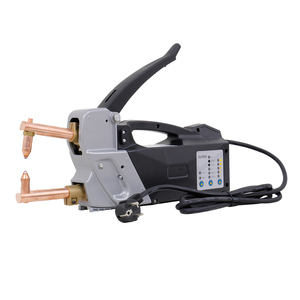

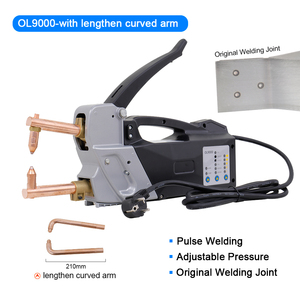











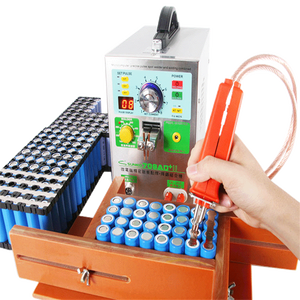


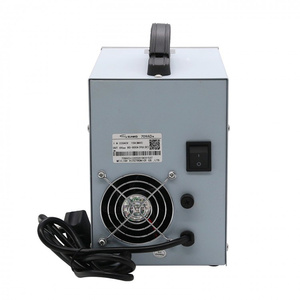
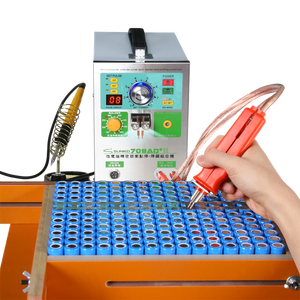
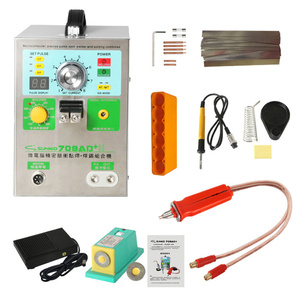












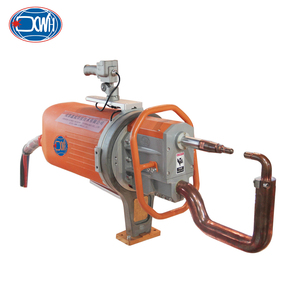



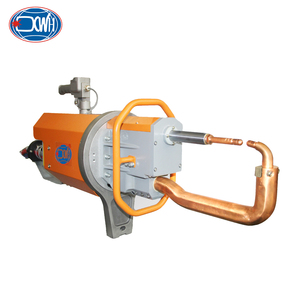




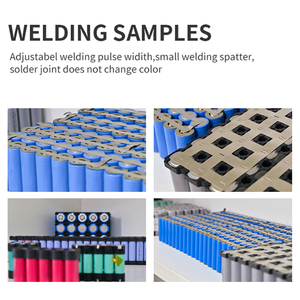







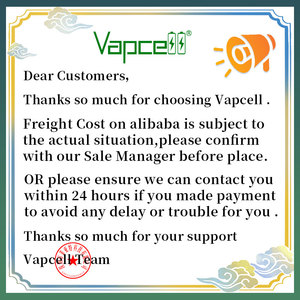











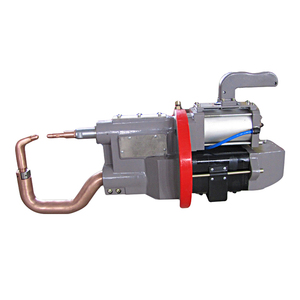






















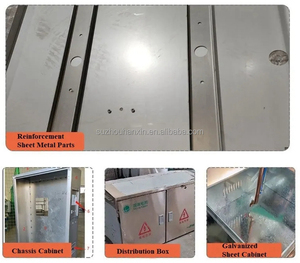















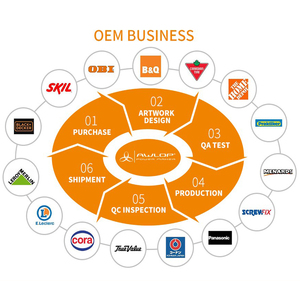




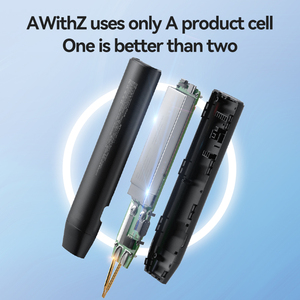
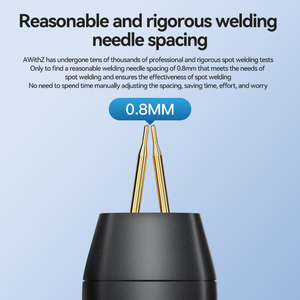
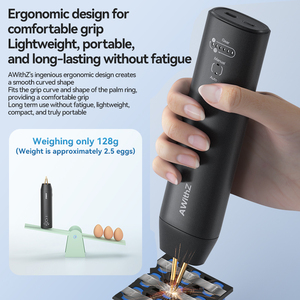










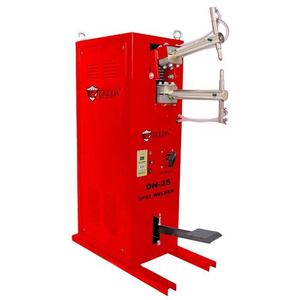
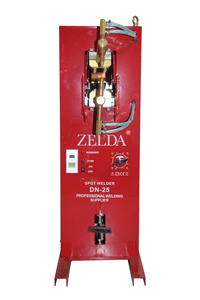

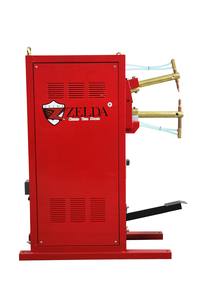


















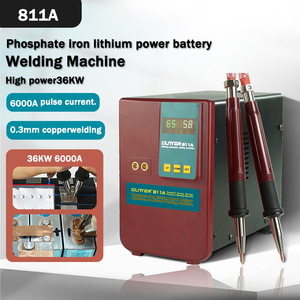











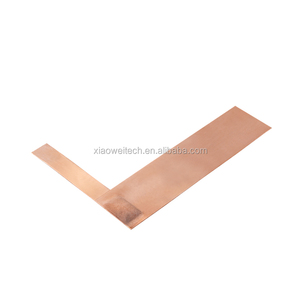






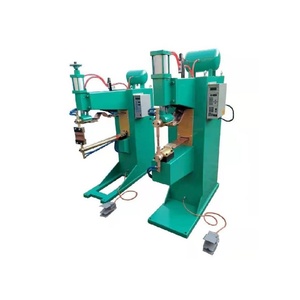


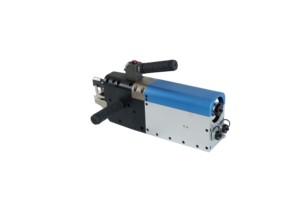



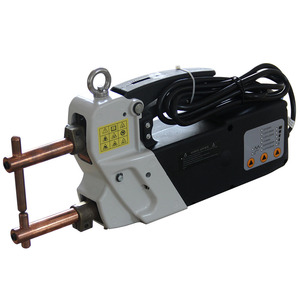





There are several types of spot welding equipment that are sleek and modern. They are available in a variety of configurations designed to cater to specific applications, materials, and production environments. Below are the most commonly used types:
Manual spot welding guns are operated by hand. These guns are mainly used in small production environments or for repair work. These equipment offer flexibility. They allow for targeted operations on specific weld spots.
Automatic or robotic spot welders are used in large-scale production environments. These equipment can be integrated into production lines. These guns provide consistency and efficiency as humans cannot work for long hours. They also reduce labor costs significantly.
This welder is mostly used in industries where welding is done continuously. The machine is designed for high-volume production environments. They provide the necessary heat and pressure for welding.
These welders are portable. They are predominantly used in construction and maintenance work where easy access and mobility are necessary. They incorporate the benefits of portability. They are ideal for work in field operations or in locations lacking access to robust electrical power.
This type of welder specializes in marrying dissimilar metals or alloys that cannot be welded using conventional methods. These welding guns employ unique techniques to create strong and lasting bonds between varied materials.
Automotive Industry
In this type of industry, there are many spot welding machines used to weld body panels, frames, and other components. These equipment offer speed and precision. They are ideal for high-volume manufacturing.
Aerospace Industry
This industry relies on spot welding to join lightweight materials and reinforce critical components. In this industry, the use of resistance welding helps to maintain the integrity of aerodynamic designs.
Electronics Manufacturing
These industries use a resistance welder to attach battery tabs, wire connections, and other components. They help in ensuring electrical conductivity and reducing the risk of mechanical failure.
Appliance Production
The appliances include refrigerators, washing machines, and more. The welders help create durable and insulated seams for metal housings. Note that arc welders are often used in large production runs in this industry.
Metal Fabrication
People use these machines to quickly assemble metal structures. They also produce parts while retaining structural strength a feature that is essential for any fabrication process.
Construction and Structural Applications
The application joins steel beams, reinforcements, and other structural elements quickly and effectively. People also prefer these welds where mechanical strength is key in supporting loads and ensuring the longevity of structures.
Railway Systems
In railway, sub arc welding is used to weld tracks, trains, and other rolling stock. Thus, it provides the required strength and minimizes the wear and tear on critical components like wheels and axles.
Material Type and Thickness
Weld quality mainly depends on the kind of material and its thickness. Note that dissimilar materials require special adjustments. They often have inferior welds. In addition, the thickness of the material being welded impacts the current settings. Thin materials require less power. On the other hand, thick materials need more.
Electrode Material and Shape
Electrodes are made using different materials and each has its pros and cons. The electrode shape alters the weld pool characteristic. A pointed electrode focuses the current more narrowly than a flat one does.
Surface Preparation
Note that any contaminants on the surface will create the resistance. This leads to poor heat generation and the weld might be of low quality. It reduces the effectiveness of the weld.
Weld Time
Short welding time results in incomplete welds that are weak and not fused properly. On the contrary, too long weld durations create excess heat. This causes material burning and alters electrode wear.
Pressure Application
Welds need the right amount of pressure to ensure proper material contact. Insufficient pressure leads to weak joints because the material does not fuse adequately. Inadequate fusing means that the bond is poor and even getting broken is easy.
Cooling Time
Welds require proper cooling to achieve the desired mechanical properties. Insufficient cooling allows the weld area to become tempering and softening over time. This weakens the overall joint.
Assessing Weld Requirements
Clients need to understand the type and thickness of the materials they intend to weld. They should confirm the required weld strength. It should be strong enough to hold the intended weight of the welded materials. They also need to evaluate the production volume. Will they have low or high production demands in the given situation? All these factors will help manufacturers decide whether to choose automatic or manual welders.
Material Compatibility
Different welders work on different material types. For instance, an oxy acetylene welding machine is best for thin metals. At the same time, some welders are designed to handle advanced alloys. Therefore, people should ensure that the welder is compatible with the kind of material they plan to use.
Power and Capacity
The power capacities of the welders determine the maximum material thickness they can handle. Ideally, higher capacity welders can work on thick materials. On the other hand, low-capacity welders are best for thin materials.
Control and Precision
If buyers have variable power settings and timers, they will help them adjust welding parameters. This helps in fine-tuning the process to meet specific requirements. Therefore, it will allow users to maintain better control over weld size and depth.
Portability and Environment
Buyers should consider where they will do the welding. Will it be in a workshop with electrified power supply? Or it will be in a small confined area? If the space is small and confined, then a portable welder with low power capacity will be ideal. If it is in a large workshop, a stationary spot welder will work perfectly well.
Maintenance and Durability
Clients need to consider the lifespan and reliability of the welding equipment. Those with long-standing service requirements demand durability. Thus, they will require equipment that is easy to maintain and repair.
No. They are mostly ideal for welding thin sheets of steel or other similar alloys. But nowadays, there are various spot welders manufactured for certain metal types. So, it is advisable to consult the manufacturer's guidelines before making any moves.
To maintain spot welders, manufacturers should clean the electrodes after every use. They should also inspect them periodically for wear and tear. Additionally, they should check the electrical connections as well as cooling systems to ensure they are functioning correctly.
The average output power of these welders varies depending on the type of metallurgical setup. For automotive applications, the machines will have around 2,500 amps. On average, these machines will have around 10,000 amps for a periodic industrial application.